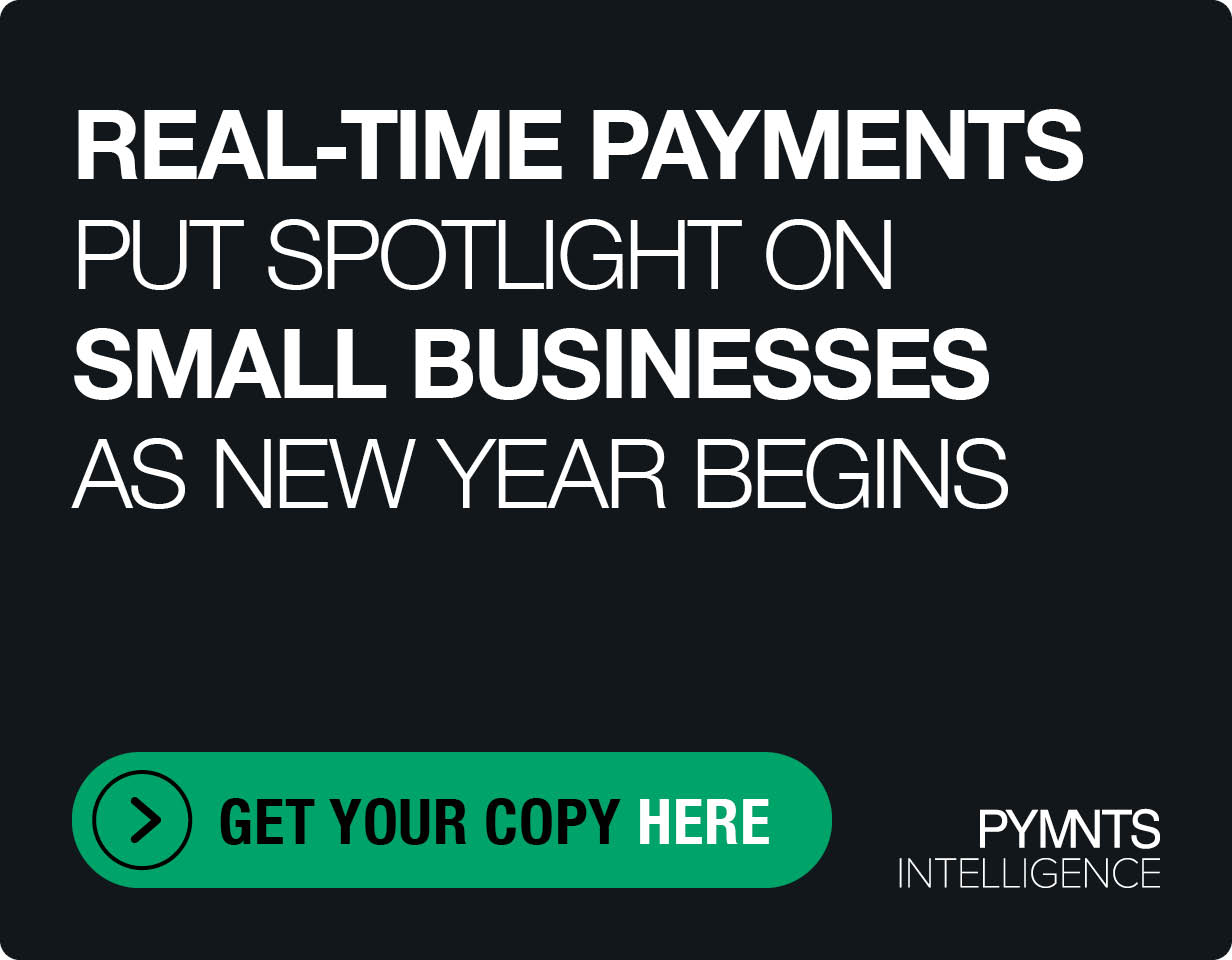Hungryroot: You Don’t Need Loyalty Programs if Your Product Is Differentiated

As eCommerce food businesses across restaurant and grocery aggregators compete for consumers’ share of stomach, many are turning to loyalty programs to drive up purchasing frequency in the face of so many challengers.
Yet not all players in the space are convinced that rewards programs are their only way to create loyalty among their customers. Alex Weinstein, chief digital officer at New York-based artificial intelligence (AI)-focused online grocer Hungryroot and former senior vice president of Growth at Uber Eats, asserted in an interview with PYMNTS that rewards programs are only necessary if a product or service is more or less interchangeable with another.
“Why do grocers create loyalty programs? Why are their loyalty programs like DashPass and Uber One and Grubhub+ in restaurant food delivery? Ultimately, all of this is in an attempt to drive value for the consumers for just one big reason: to take a bigger share of wallet,” Weinstein said. “But ultimately, frankly, you don’t create loyalty programs if your product is truly differentiated.”
By the Numbers
Certainly, many consumers seek out rewards programs, according to data from PYMNTS’ February/March study “Digital Divide: Restaurant Subscribers And Loyalty Programs.” The study, which drew from a census-balanced survey of more than 2,000 U.S. adults conducted in December, found that 44% of consumers use loyalty programs at full-service restaurants (FSRs), and 38% do so at quick-service restaurants (QSRs).
Read more: Four in 10 Consumers Open to Restaurant Subscription Services
Additionally, research from Relationship Commerce: Building Long-Term Brand Engagement, a PYMNTS and Ordergroove collaboration, which drew from a survey of 2,800 consumers participating in a blend of subscription, membership and loyalty programs, found that 76% of loyalty program members are likely to purchase more with these brands than with brands of which they are not loyalty program members.
But Weinstein argues that these programs are only necessary when a given product or service has been “commoditization of the space,” as opposed to when a brand’s offering is less similar to that of competitors.
His remarks echo those of Kevin Hochman, president and CEO of Brinker International and president of Chili’s Grill & Bar, who said on a call with analysts last week (Aug. 24) that the company is reevaluating its strategy of giving away free food with an eye on shifting that investment toward more targeted marketing.
Additional details: As Prices Rise, Restaurants Reevaluate Free Food Loyalty Incentives
Know Your Audience
Hungryroot, for its part, aims to offer quicker shopping, cooking and meal planning with AI-powered cart-filling that consumers can edit from there, basing these selections on information that users provide through a quiz about their food habits and preferences and providing recipes along with these recommendations. Additionally, the company asks consumers what they liked and disliked and why after they receive their groceries and recipes.
Certainly, many online grocers are looking to improve their data-informed suggestions. Weinstein argued that the difference in Hungryroot’s predictive capabilities and those of others in the space comes from this solicitation of “explicit feedback” from consumers rather than the reliance on “implicit feedback” such as clicks and viewing time.
Related: Restaurant Brands Offer Predictive Customization to Engage Loyalty Members
“[In a year, we will] be talking about how personalization has been the way to drive loyalty all along,” Weinstein said. “That is instead of giving customers money to buy from you, which really is what a lot of the loyalty programs are … We have more and more proof that creating a differentiated offering through personalization is a dramatically more effective way of driving loyalty.”
